

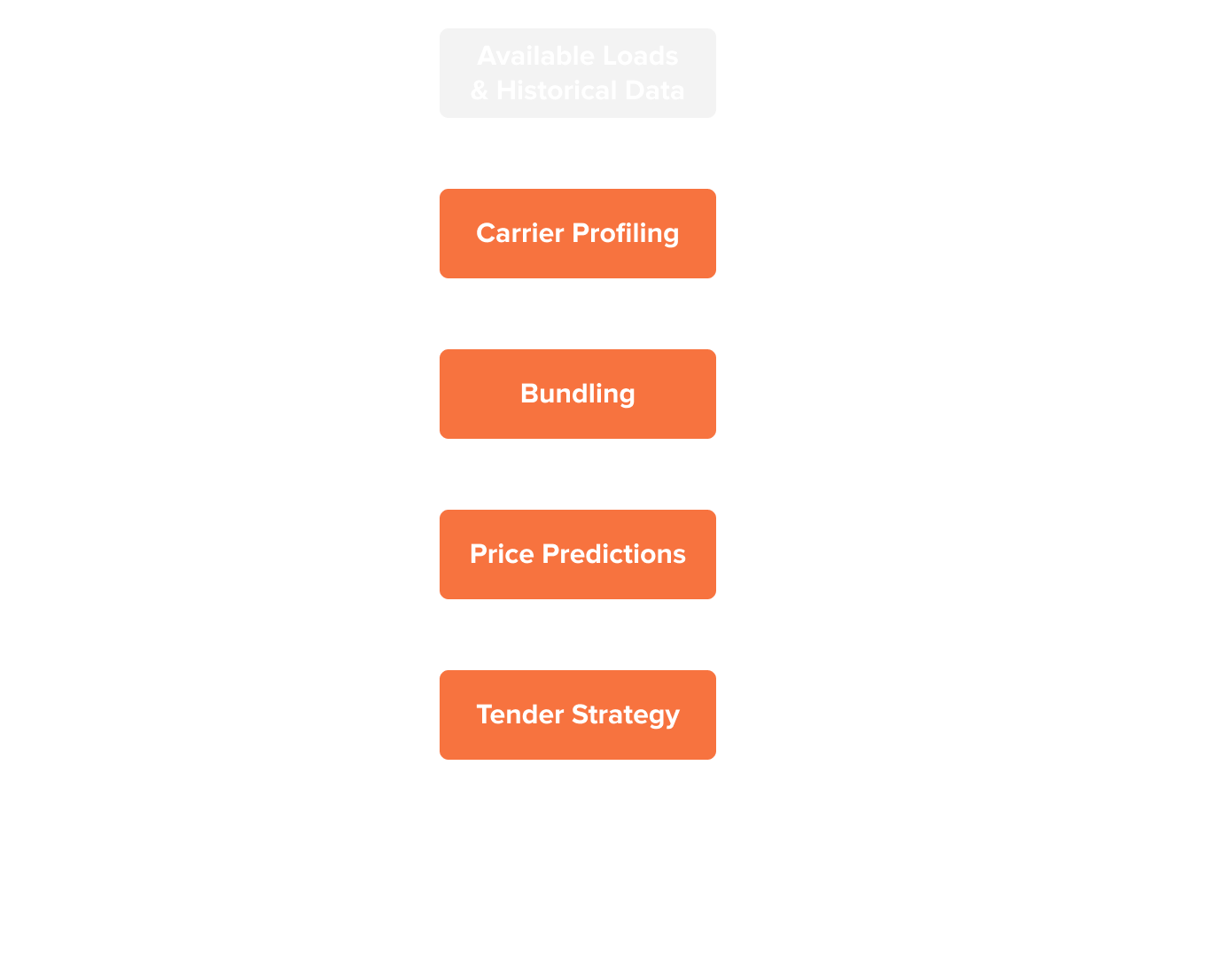
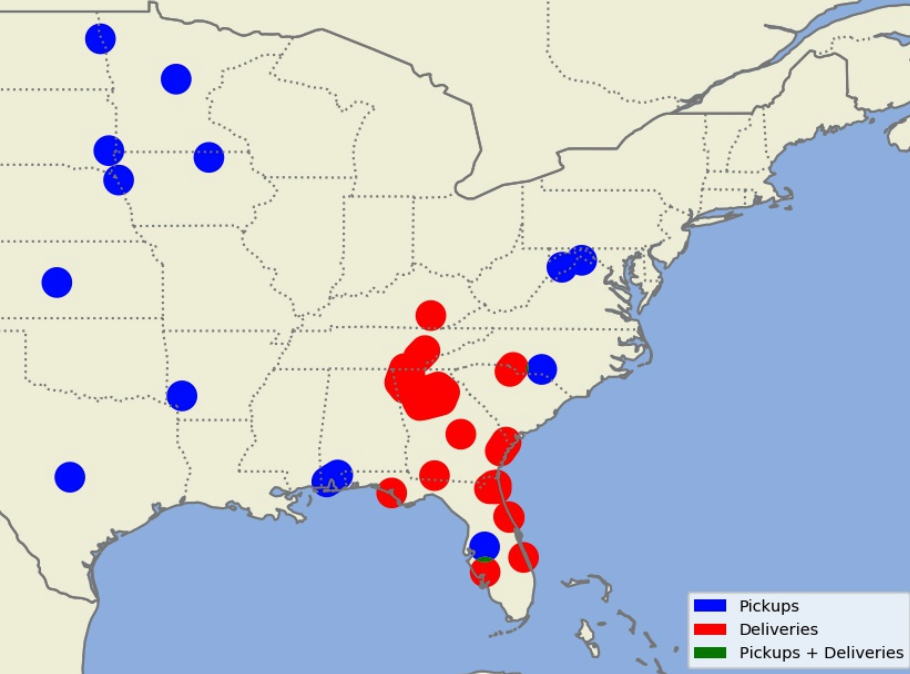


Find the carrier within your approved list who is willing to provide capacity at the lowest cost-to-serve.
Avoid delays in execution, rejecting of tenders, and cancellations of jobs after acceptance.
While staying in carrier-specific spend commitments, rightsize the carrier pool by laneway.
It is premised on the idea that a large volume of historical, current, and future data has patterns of importance. The platform discovers those patterns, and uses them to predict key outcomes. It is called machine learning because greater experience improves the predictive power of the platform.
Symbolic AI does not necessarily require learning from experience (although that can help). Instead of focusing on learning from experience, symbolic AI tries to accurately describe the state of the world, the actions available, and goals we want to achieve. With that, the AI acts as a rational agent trying to achieve goals with allowed decisions and with an expectation of how the world will react to them.
The symbolic AI side is mostly focused on bundling, while various forms of machine learning (reinforcement learning and supervised learning) are using in carrier profiling, price predictions, and tender strategy.